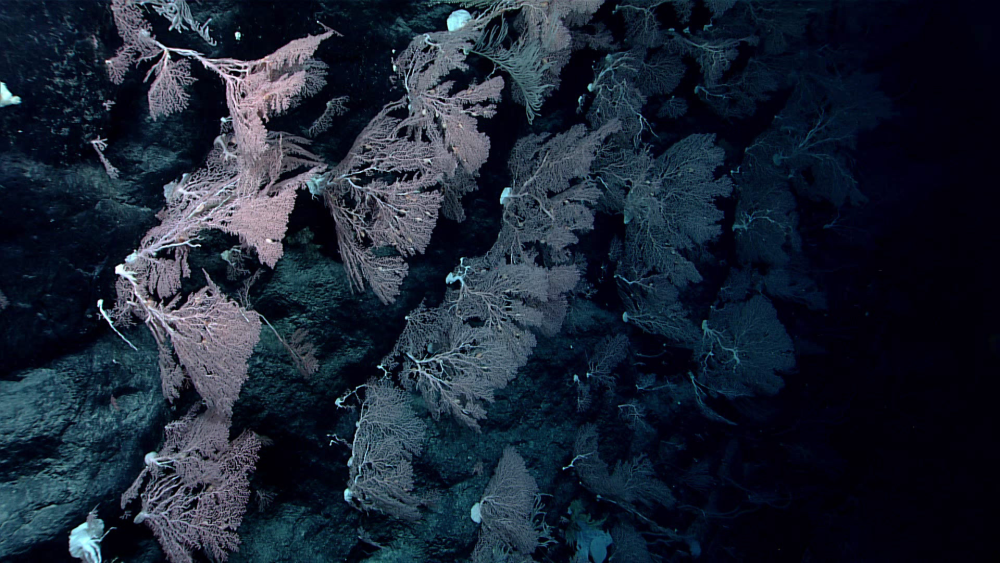Papahānaumokuākea has been described as “the poster chid for the future,” home to the world’s biggest albatross colony and telling the incredible success story of the planet’s largest marine conservation area. Proper protection has enabled wildlife to bounce back here in a way that doesn’t just benefit the immediate environment, but that has also spilled into neighboring waters, demonstrating the priceless potential of marine protected areas.
The rest of this article is behind a paywall. Please sign in or subscribe to access the full content.
Still, there’s lots we don’t yet know about this most magical region of the Pacific Ocean and a recent expedition to map the seafloor turned up some big surprises. In April of this year, a team of scientists working with NOAA Ocean Exploration, 2025 Beyond the Blue used a “map and dive” approach to collect data about the seafloor at night that could direct their ROV (remotely operated vehicle) diving the following morning.
The expedition focused on waters deeper than 200 meters (656 feet), exploring deep-sea coral and sponge habitats, seamounts, maritime heritage sites, and the water column. The first dive kicked off on April 11, during which they spotted large glass sponges and an “extremely large” hydrozoan that was over 1 meter (3 feet) in diameter. Other notable observations included sea pigs, deep-sea lizardfish, rare or possibly new species of jellyfish, and the shipwreck of the Navy aircraft carrier, USS Yorktown.
During dive 9, the team got a special Earth Day treat on April 22, discovering a rather curious geological feature. As they patrolled the seafloor, they found communities of Walteria glass sponges and Poliopogon sponges, before ending the dive with a pointy surprise.
“This community was relatively consistent throughout, until the end of the dive when we found a large solitary dike feature that was nearly 15 meters (49 feet) of shear vertical wall running for over 11 meters (36 feet) in length but only 4 meters (13 feet) wide,” reads the NOAA Ocean Exploration, 2025 Beyond the Blue dive log. “The up-current side of this wall hosted numerous large Hemicorallium colonies with several large Primnoids corals interspersed.”

At a depth of 2,040 meters (6,693 feet), the team encountered a solitary dike that formed a vertical wall, the up-current side of which was home to numerous large Hemicorallium and Primnoid corals.
Image credit: NOAA Ocean Exploration, 2025 Beyond the Blue
The monolith-like stony structure was a volcanic dike, a sheet of tabular rock that formed when magma set in the fracture of pre-existing rock. This one was found at a depth of 2,040 meters (6,693 feet) and “formed a vertical wall” that has become prime real estate for the local corals.
You can find out more about what the NOAA Ocean Exploration, 2025 Beyond the Blue team discovered while mapping these previously unexplored depths off the shores of Papahānaumokuākea via the NOAA website.
And, if strange dramas unfolding on the seabed are your thing, might we tempt you to a curious “yellow brick road” found in the Pacific Ocean?
Source Link: 15-Meter Monolith-Like Rock Discovered During Deep-Sea Expedition Off Papahānaumokuākea